Is the principle of uncertainty that is impossible, or is it really uncertain?
Author:Astronomy online Time:2022.06.24
Quantum astronomy: The principle of uncertainty of Haisenburg
This is the second article in the four articles series. Each article explains different quantum phenomena separately. Each article is a piece of inlaid painting, so everyone needs to understand the final explanation of the quantum astronomy experiments we proposed. The device is concluded.

In the first article, we discussed the double -seam experiments and how to imagine the optical quantum particles (photons) as a probability wave until this probability wave was actually detected. In this article, we will study another characteristic of quantum physics, that is, to submit basic restrictions on the actual measured things. This is the first basic nature of Well Haysonburg. Its simplest form is called It is "the principle of uncertainty in Heisenburg".
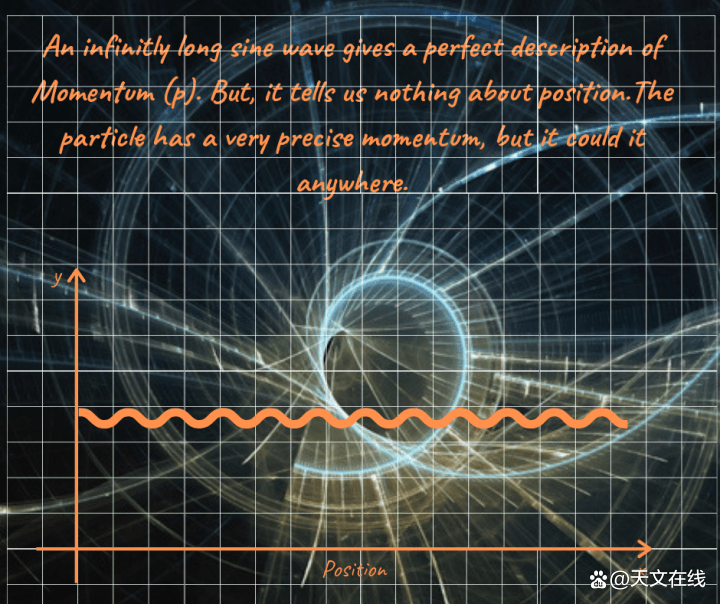
In the scientific community, we may be used to treating the term "principle" as "order", "determining undoubted things" or "cosmic laws". Therefore, the term "uncertainty principle" may be similar to "giant shrimp" or "guest owner", which is contradictory. However, the principle of uncertainty is a basic nature of quantum physics. It was initially discovered through some classic theory. It is a classic logic. Many physics teachers still use it to explain the principle of uncertainty. This classic theory is that if a person uses light to observe a basic particle and use light (even if there is only one photon) to impact this particle, it will observe it. The actual location, that is, only knows that it is no longer in the original position.

Light with short wavelengths (for example, blue light, large energy) is passed more energy than the wavelength (eg, red light, less energy) to particles to particles. Therefore, the use of a shorter (more accurate) light "scale" to measure the position means that by the use of more energy "impact" particles, the possible position of the particles can be more "chaotic". When Warner Heisenburg traveled on his supporter Nels Bor (successfully debating with Einstein on many issues), he published his uncertainty theory for the first time, and used it more or less. The above classic theory. (Unlike the classic concept, it appears in a small bag or a small amount, as discussed in the first article, called "quantum"). However, it turns out that the principle of uncertainty is more basic than Haysonburg's imagination in his first paper.
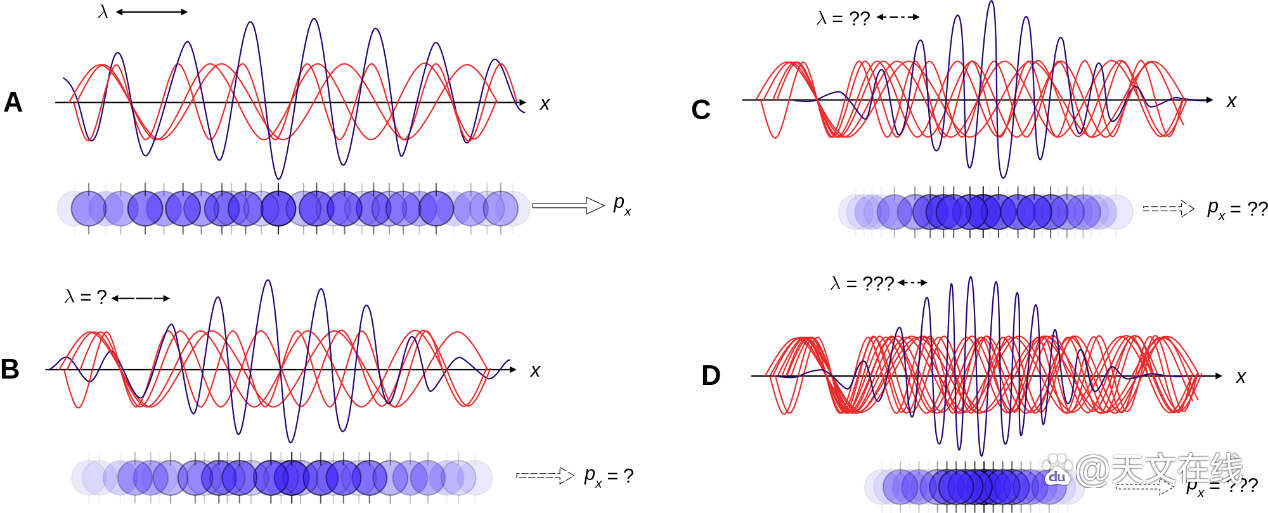
The amount of momentum is a basic concept in physics. Its classic definition is that the quality of the particles is multiplied by its speed. We can imagine a baseball at a speed of 100 miles per hour, and its effect is similar to that at a speed of 10 miles per hour; although their quality is different, their momentum is roughly the same. The principle of uncertainty in Heisenburg basically shows that if people start to understand the changes in the amount of basic particles (usually changes in particle speed), then people do not know the changes in particle positions, that is, the actual position of the particles. Another way of expressing this principle is to use relativity in the formula. As a result, we get another form of the principle of uncertainty. The form of relativity describes that when we know the energy of a basic particle well, we cannot know (that is, measurement) when we actually have the energy at the same time. So in quantum physics, we have the so -called "complementary pair" (if you really want to leave a deep impression on your friends, you can also call them "not good measurement".)
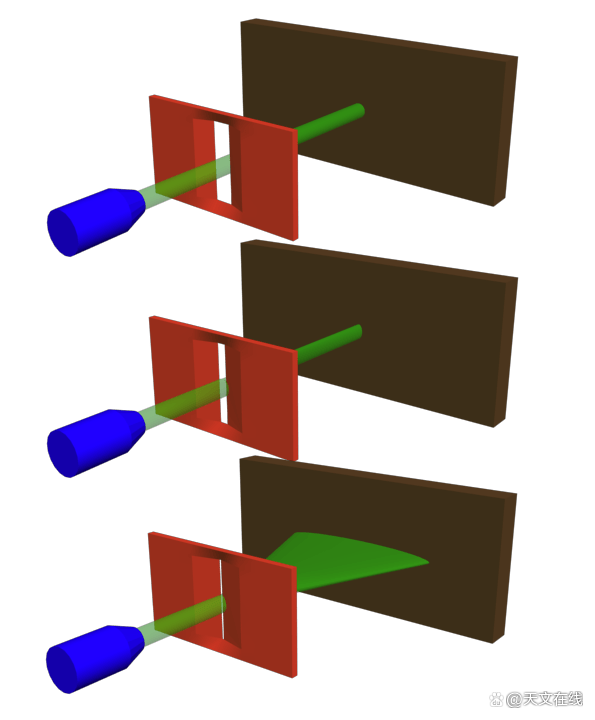
People can use a basic conclusion that the principle of uncertainty is not completely filled with a balloon. On the one hand, we can write "Delta-E" to represent the uncertainty of the energy value of the particles. On the other hand, we can write "Delta-T", which represents the uncertainty of the moment of energy. If we squeeze the Delta-E side (for example, limit energy to make it suitable for our hands), we can see that the Delta-T side of the balloon will become larger. Similarly, if we decide to make the Delta-T side suitable for our hands, the Delta-E side will become larger. But the total value of the air in the balloon will not change; it will only transfer. In our analogy, the total value of the air in the balloon is a amount, or a "quantum", that is, the possible minimum energy unit in quantum physics.
You can add more quantum air to the balloon (make all values larger, including Delta-E and Delta-T), but in our analogy, you can never take out more than a quantum air from the balloon. Therefore, the "quantum balloon" contains not less than one quantum or photon. (Interestingly, the word "quantum transition" means that something has changed dramatically, not as small as possible. Now the dictionary has changed in the definition of "quantum transition". In the first place, on the contrary, physical usage ranks second. Maybe you can say to your boss, "We have achieved quantum transition today." However, this can still be considered a honest statement that has no progress. )
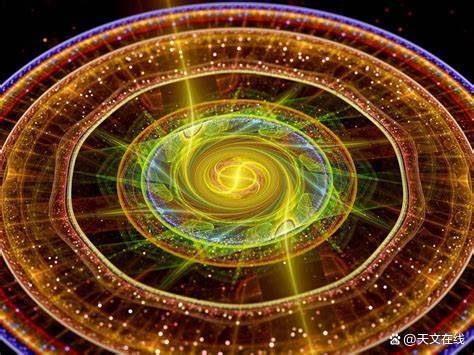
In the early days of quantum physics, Albert Einstein (and his colleagues) challenged Nursh Poor (and his colleagues) with many strange quantum puzzles. Some of these effects seem to suggest that basic particles can communicate faster than light through quantum effects. As we all know, Einstein hinted at the time that it was impossible for us to correctly understand that physics allowed this effect to cause this effect. Furthermore, this ultra -light speed connectivity will deny the speed limit set by relativity set. Einstein proposed several obvious absurd ideological experiments. The most famous of which was the EPR (Einstein, Potolski, Rosen), named after the three authors of this article, which indicates that the ultra -light speed speed Communication seems to be the conclusion of certain quantum experiments, so it is believed that quantum physics is not complete, and certain factors must not be found. This made Nurus Bol and his colleagues "interpretation of Copenhagen" for the reality of quantum physics. This interpretation (in short) is that it is meaningless to talk about it before observing the basic particles, because it really does not exist unless it is observed. In other words, basic particles may not only be considered composed of force, but also some components that must be considered are observer or subject to test. Observers can never really be separated from observation. Max Burne used Elwin Xue Dingzhang to establish a fluctuation equation for quantum particles. The first one proposed that there were no other components except for the probability of these basic particle waves! Therefore, all the ingredients we see are composed of so -called "existence tendencies", which is made of particles by adding the basic components of "appearance". It must be pointed out that as an ingredient, it needs some time to adapt! We can also follow other possible explanations, but it can be said that they do not meet any objective facts that the Victorian physics knows before. The crazy theory can also fit the data as well as, but they do not allow the particles that form the universe to make up for anything without potential ultra -light -speed communication (David Bum theory). This is another parallel. In the universe, whenever you need to make a tiny decision (explanation of multiple worlds), it parted ways with our universe, or "old" favorite, and the observer created a reality when watching it (Copenhagen Explanation).
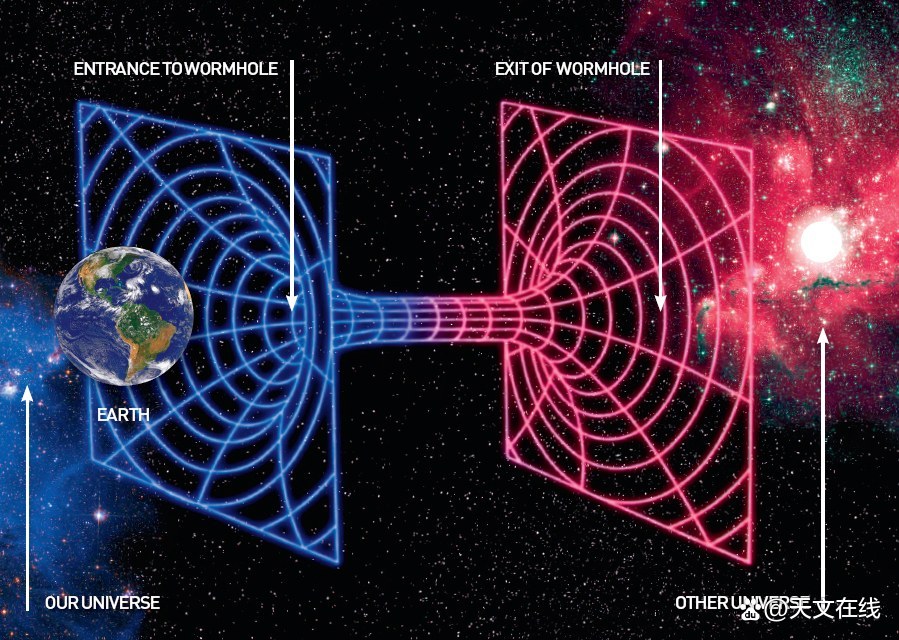
Inspired by all these theories, John Bell, a physicist at the Swiss European Nuclear Research Center, proposed an experiment that may test some of the theories, and of course, it can also test the distance between quantum physics and classic physics. To this day (1964), quantum physics has matured enough and stands out from all previous physics, so that physics before 1900 is called "classic physics". Physics) is called "modern physics". So in a sense, the history of science was divided into the first century of the first 46th centuries (if Emo Hotap built the first pyramid) and the birth of quantum physics in the last century. Therefore, we can see that in the era of modern physics, we are still young. It can be reasonable that even after a century, most people do not realize the tremendous changes that are happening on the basis of scientific efforts and explanations of reality.
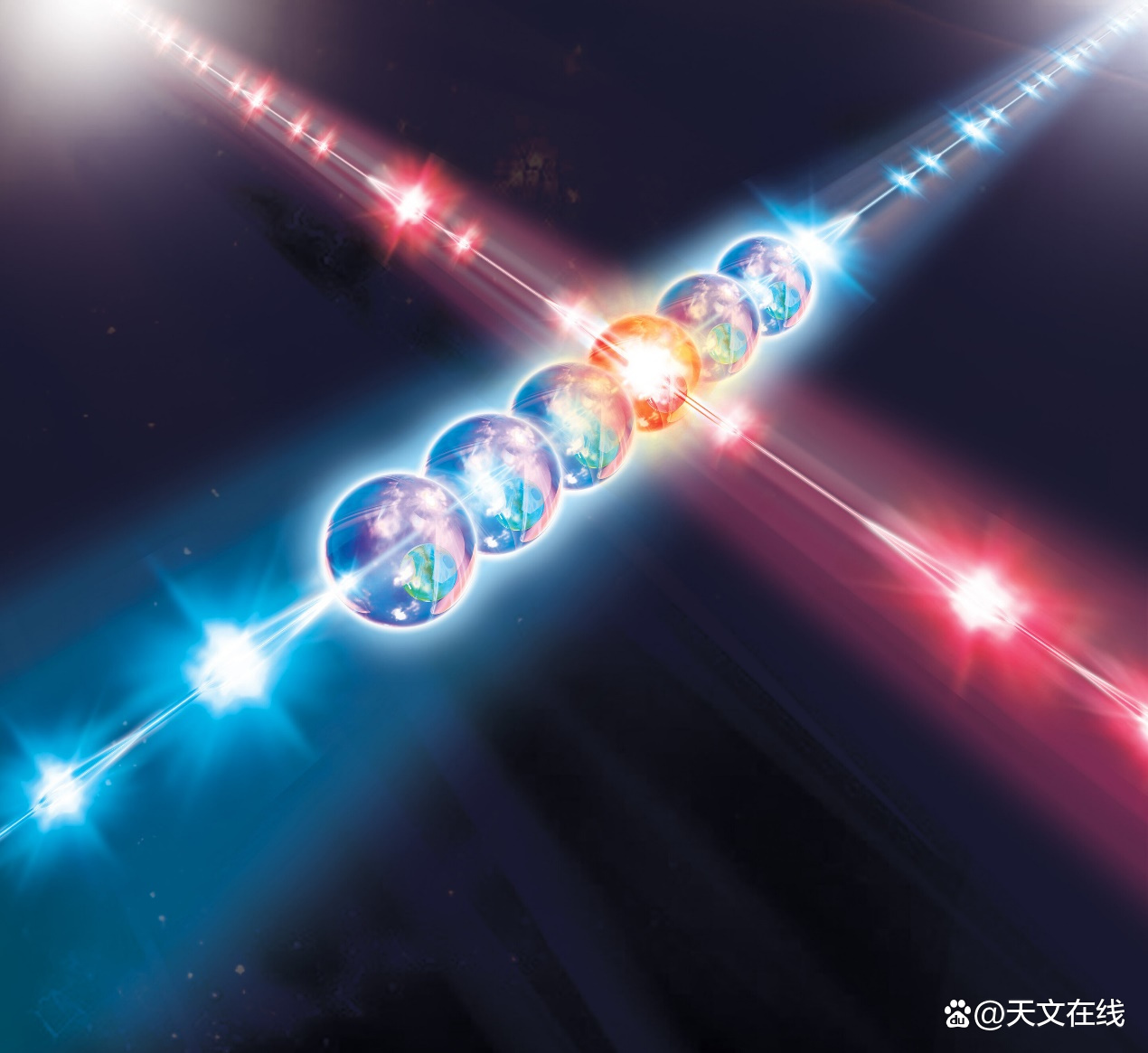
John Bell proposed an experiment that can measure the speed of "communication" of one given basic particle and another basic particle "communication" faster than any light spread between them. In 1984, a team led by Alan Aspert performed this experiment in Paris. In fact, the results were obvious. This experiment is related to polarizing light. To facilitate the explanation, assuming that there is a light container, light is fluctuating everywhere, if the container is reflected from the wall except the end is coated with reflex substances. (People may imagine the direction of a random light wave in all directions of a can of Itaic and noodles.) At the end, we place polarized filter. This means that only light (such as noodles in the upper and lower directions) can be ejected, and the back and forth light wave (noodles) cannot be shot. If we rotate the polarizer at both ends 90 degrees, the light waves will be sent out, but this will not emit the light.
It turns out that if we rotate both ends and make them 30 degrees each other, about half of the light can be shot in the fairyware, a quarter of the bottle is shot from one side of the bottle, and a quarter of. This is very close to John Bell's proposal and Alan Aspert's demonstration. When the "bottle" rotates at one end and a 30 -degree angle is formed with the other end, only half of the light can escape, a surprising thing happened. It is transmitted from one side of any light from the "bottle" (actually a long tube) to the other side. ) It turned into a quarter. In some way, the "bottle" side gets information that rotates on the other side that exceeds the speed of light. Since then, this experiment has been confirmed many times.
John Bell's expression of basic ideas in this experiment is called "Bell theorem". It can be used most concisely in his own words: "Reality is not local." In other words There is no previous existence (Copenhagen Explanation), and at the most essential level, they cannot even distinguish from any other distant other particles. The 19th -century scholar John Muir once said: "When we try to choose anything alone, we find that it is connected with anything else in the universe." He may be surprised to find that whether it is physics in physics Still in ecology, it turns out that this is true. In the next article, we will combine the principle of uncertainty with the results of the Bell theorem and expand the scale of the double -seam experiments to the "participation universe" what Einstein's colleague John Willer said. This will involve the simultaneous treatment and unknown things in the universe.
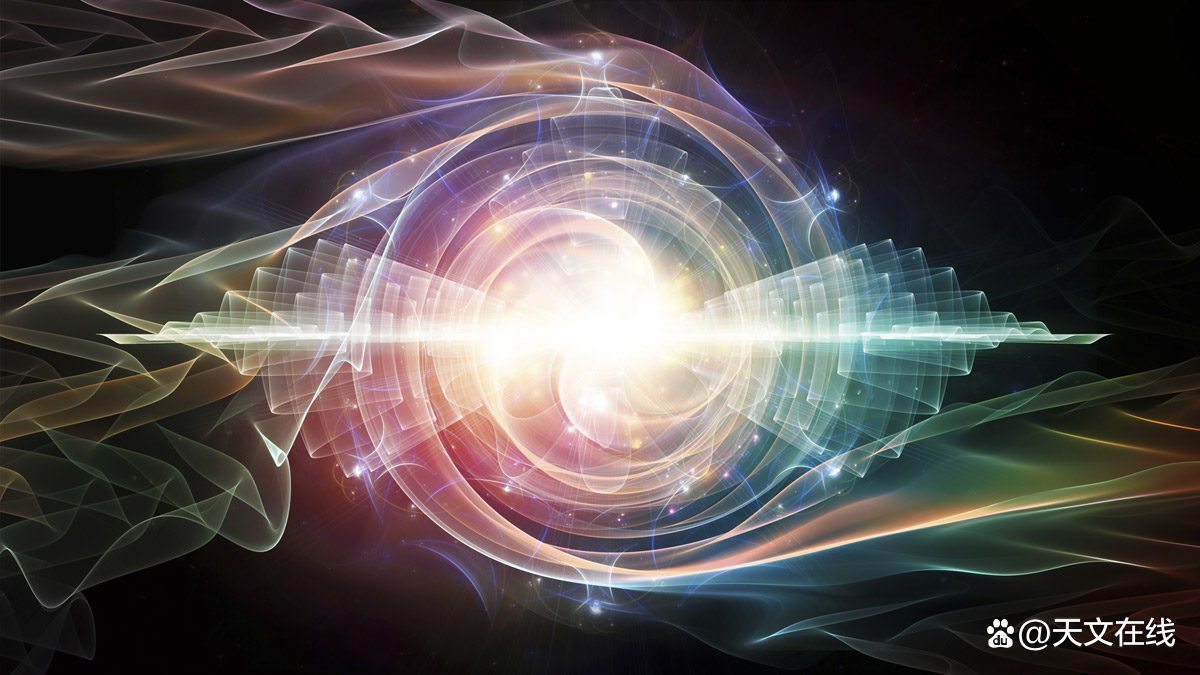
By: Laurance R. Doyle
FY: Moon in Dream
If there is related content infringement, please contact the author to delete after the work is released
Reprinted, please obtain authorization, and pay attention to maintaining integrity and indicating the source
- END -
Chengdu Digital RMB online consumer coupons come again!Start on time at 12:30

JD.com was distributed last weekThe first wave of consumer vouchers will show3C pr...
Can rice be high -yielding at high temperature?Chinese scientist: can

On the 17th, Lin Hongxuan Research Team of Molecular Science Innovation Center of ...